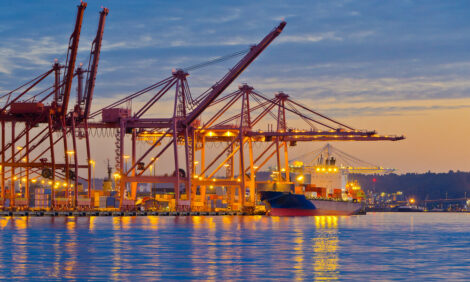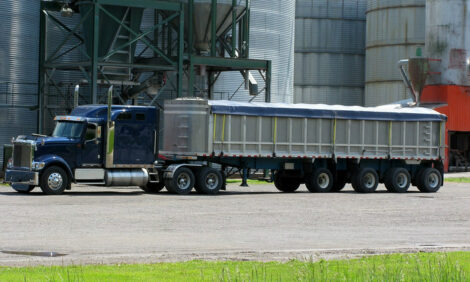



How Will Trump's Presidency Affect the Meat Industry?
US - We have no interest to wade into the political debate and are fully cognisant of the fact that passions run high after a very heated election season, reads the latest Daily Livestock Report published by Steiner Consulting Group.But the reality is that a Trump presidency was for the most part discounted as unlikely by the markets and, at least initially, we expect some panic trading to occur. The role of markets is, in part, to price risk and, until proven otherwise, market participants will look to price the risk of trade war(s) with some of our largest trading partners.
A selloff is likely but may be tempered by the realisation that the immediate material impacts could be limited. In the short term, we think the currency shifts have the more immediate impact. One thing to notice is the dramatic drop in the value of the peso and what that does to the ability of Mexican importers to source US red meat and poultry products.
Longer term, however, no one really knows how this will play out. The only thing we have to go are statements and positions taken by the president elect Trump during the election. Promises of heavy tariffs on imports, the erection of a physical barrier with one of our largest trading partners, the commitment to do away with NAFTA, no TPP, limits on free trade in order to stimulate domestic jobs and other such commitments may have a significant detrimental impact on the meat industry.
Economists can argue about the overall macro effects of such policies and what the general impact may be on the economy. But for livestock producers the issue is much more parochial. And some livestock producers stand to lose more than others.
The chart shows the evolution of net trade in the last 20 years (since NAFTA and GATT trade agreements went into effect). The biggest beneficiary during this process has been pork, largely because the opening of new markets, including Mexico, allowed low cost US pork producers to better compete in world markets.
In 1995, US pork exports were 787 million pounds (carcass weight basis) and our pork imports were 664 million pounds. The net trade effect then was just 123 million pounds. Total US pork production in 1995 was 17.8 billion pounds (we) and only about 4.4 per cent of that went to export markets.
For the past 20 years, however, the US pork industry has expanded dramatically and most of the growth is due to booming pork exports. Last year, total US pork production was 24.5 billion pounds, 6.7 billion pounds (+37.6 per cent) higher than was it was in 1995.
Pork exports were 5 billion pounds while pork imports were 1.11 billion, thus leaving a positive trade balance of 3.9 billion pounds. In other words, more than half of the expansion of the US pork industry in the last 20 years is due to the increase in exports. Last year, one out of five pounds of pork produced in the US went to exports.
The supply of chicken going to exports has also continued to increase since 1995 although exports always have been a significant driver for that industry. Back in 1995, exports accounted for 15.7 per cent of overall US chicken production.
Last year chicken exports were constrained due to bird flu bans but in prior years the share of exports in chicken has been around 19‐20 per cent.
For the beef industry, the trade deficit that was in place 20 years ago has gotten larger. In 2015, we had a 1.1-billion-pound trade deficit in beef, i.e. imports exceeded exports by that amount.
However, consider why that is the case. Over the last 2 decades the beef industry has become more efficient, we are getting more beef per animal in the herd and therefore the beef cow herd has declined. As we generate more fat trimmings more lean beef is needed to mix into an acceptable hamburger meat block.
Exports accounted for 9.6 per cent of US beef production in 2015 compared to 7.3 per cent in 1995. The main reason why a more restrictive trade environment could be bad for beef is because of: a) ample supplies of competing proteins; b) lack of access to growing markets in Asia and c) our competitors establish trade pacts with our current customers and undercut US competitiveness.
Top image credit: Gage Skidmore









